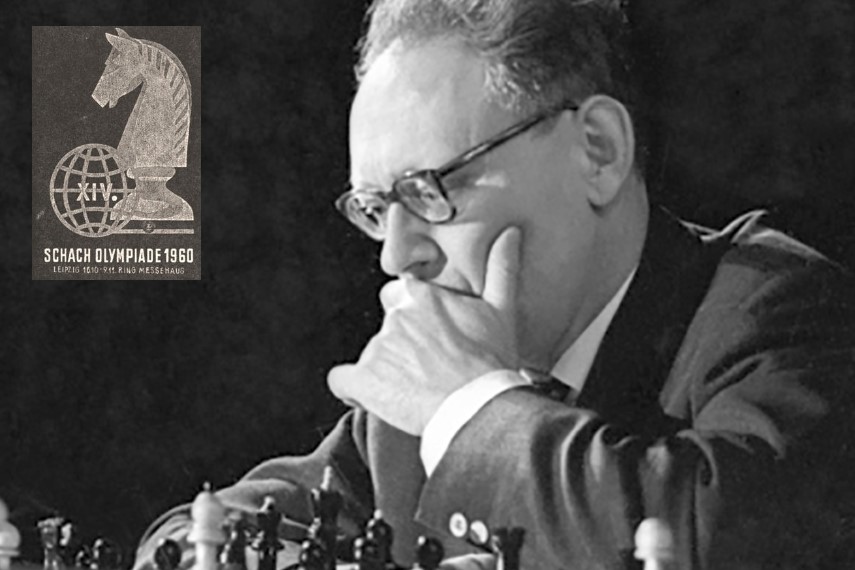Endgame riddle solved: Pachman could have drawn
The last endgame riddle invited readers to take a look at a complicated endgame with opposite-coloured bishops that occurred in a game between Mikhail Botvinnik and Ludek Pachman, played at the Chess Olympiad 1960 in Leipzig.
Readers were asked to analyse the endgame with opposite-coloured bishops to find out whether Black was lost after the exchange of rooks or whether he could have saved the game.
Three solutions have reached me, and interestingly all three come to the same conclusion but are very different.
Charles Sullivan analysed the position in detail and Zoran Petronijevic fine-tuned these analyses and summed up the conclusions:
- Though Botvinnik thought that White is clearly winning after the exchange of rooks, Black should be able to hold the position after 31…Qxf8 with best play. White is a pawn up, but the closed position and the opposite-coloured bishops give Black good chances to save the game.
- 32…Kh6 does not lose but 32…d3! is an easier way to reach a draw though Botvinnik thought that 32...d3 would lose.
- 33…Qd6? is a mistake and loses. After 33…d3! Black should be able to hold.
- 34.Kf3? is a mistake which throws away the win. But after 34.Qxd6! White is winning. The opposite-coloured bishops ending is very instructive.
- 34…Kg7 is a mistake after which Black is lost. With 34…Qxd5 or 34….Qf6, followed by ...d3 to activate the bishop on c5, Black should draw.
- 35.Qxd6 leads to an instructive endgame with opposite coloured bishops.
Solutions and analyses
Analysis by Charles Sullivan and Zoran Petronijevic
Wolfram Schön also had a close look at the endgame. Here are his findings and explanations.
Helmut Kahovec analysed this endgame with the help of Stockfish.
Links























